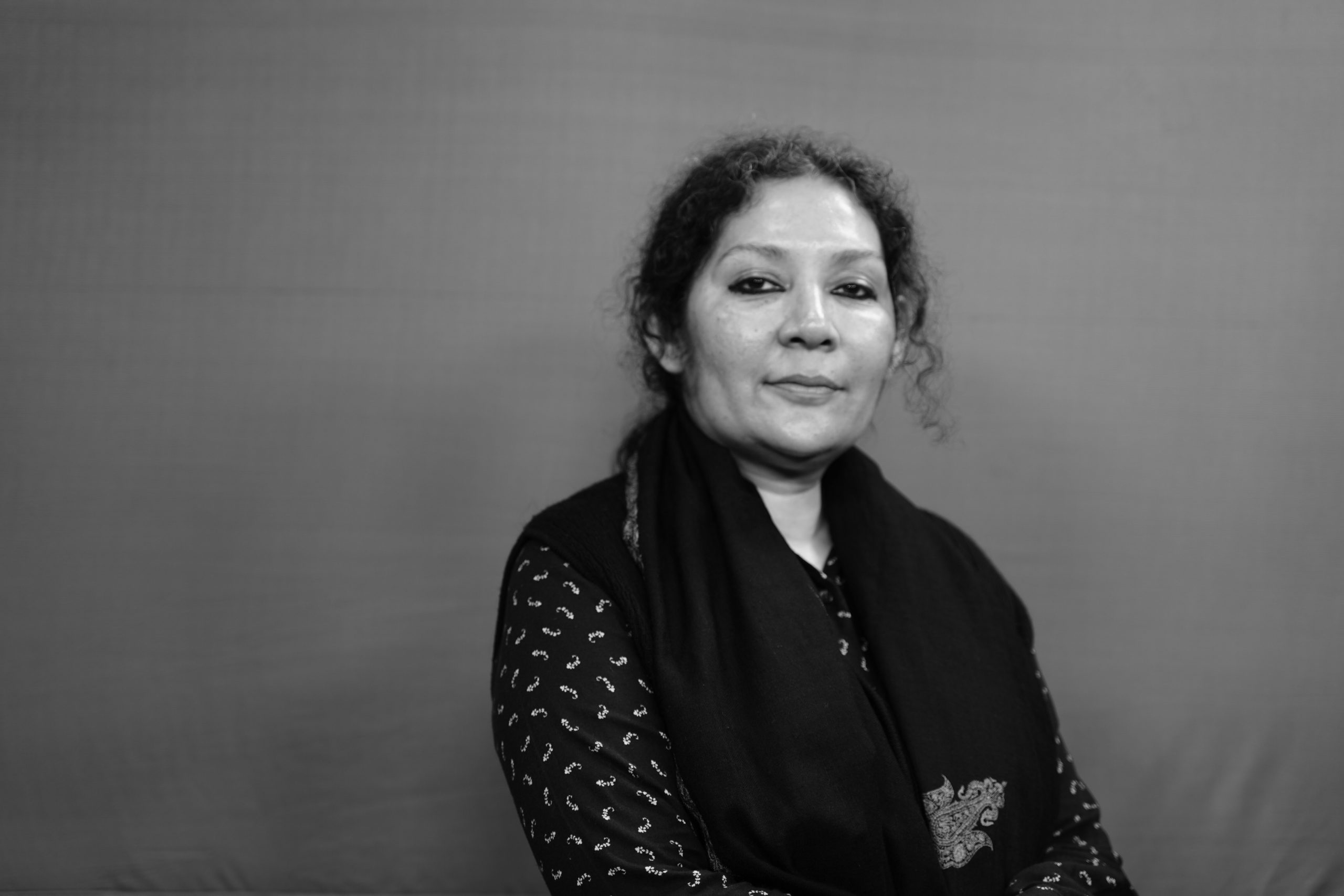By Saba Naqvi
I started teaching at the Jindal School of Journalism & Communication as a visiting professor in February 2019. As a journalist with three decades of experience, I was uncertain about whether I would take to teaching, and more important, would the students be able to learn from me. What has happened down the road is that I have learnt from the students and it’s been a privilege to be part of their journey in understanding the world around us.
I have since designed three separate courses for each semester, and each took us, both students and teacher, on a learning curve. 2019 was the year of the Indian general election and the first course I was asked to design for the students was titled “Big Political Debate”. The course engaged with the contemporary political themes of the day besides being an introduction on how to cover politics. It was the run up to the General Elections and the large and diverse class of students carried perspectives from various states. They made presentations on the states, good, bad and average, but what was important is that they were engaging with the process and learning from each other.
It was in that class that I got an education on how the young consume news. For instance, when I was sharing footage of campaigns in the smart classrooms that the school provides, the students would direct me to comedy shows that tackled politics in an irreverent way. They were consuming news through satire and spoofs besides short bulletins on their mobile phones and various social media apps. We laughed together and that I believe is a good engagement between teacher and student.
We also covered a lot of serious ground about Indian politics. At the end of the semester, the two sections designed, edited, illustrated and brought out two newsletters. One of them can be seen here https://thepoliticalcut.wordpress.com. The other newsletter, named Poli-Tea by the students, was printed and bound. We had student editors, designers, illustrators and even a cartoonist emerged. All in all, it was a very satisfying process.
The next semester I taught a different class about Journalism Skills. This involved teaching explaining the difference between various forms of print journalism, from news agency, to newspaper, to magazine and website. Students were taught to write and package content for different formats. To elaborate: what makes a news agency copy, an editorial, a news report and so on. Once again the students delivered a fabulously designed newsletter.
The most challenging has been teaching the current graduating batch a course named Neighbourhood Reporting. We did one round of reported assignments and then the university was closed and the nationwide lockdown began. But the students have adjusted to a vastly changed world and amazed me with their resilience and inventiveness. They have done a fine job of covering the corona struck world around them. In the student blog here https://www.jsjcbullet.in/, you will find an outstanding photo-feature of a locked down Kolkata, a story on the plight of maids in a neighbourhood, a radio podcast on the Rohingya refugees in India during the lockdown, another podcast on challenges faced by medical professionals, an account of the terrible conditions inside a quarantine centre in Bihar and a piece on the IT surveillance world that we now enter.
In the most challenging time faced by the country and world, the students at Jindal have remained connected through online classes and personal calls to teachers. They have shown the capacity to think on their feet and adapt to any circumstances. They continue to teach us how to move on in the world.

